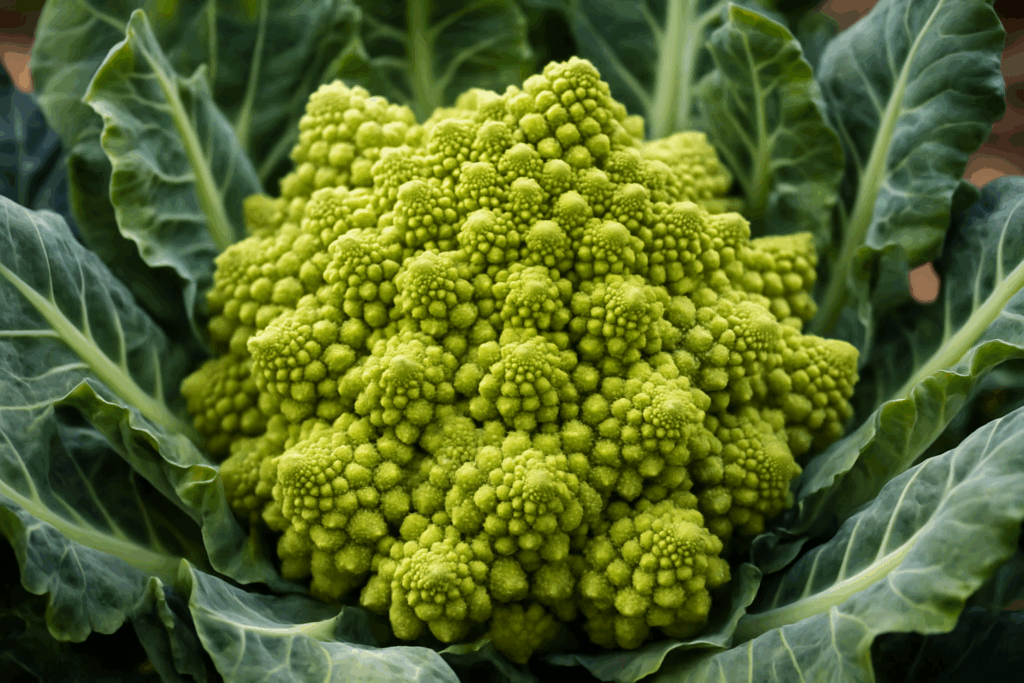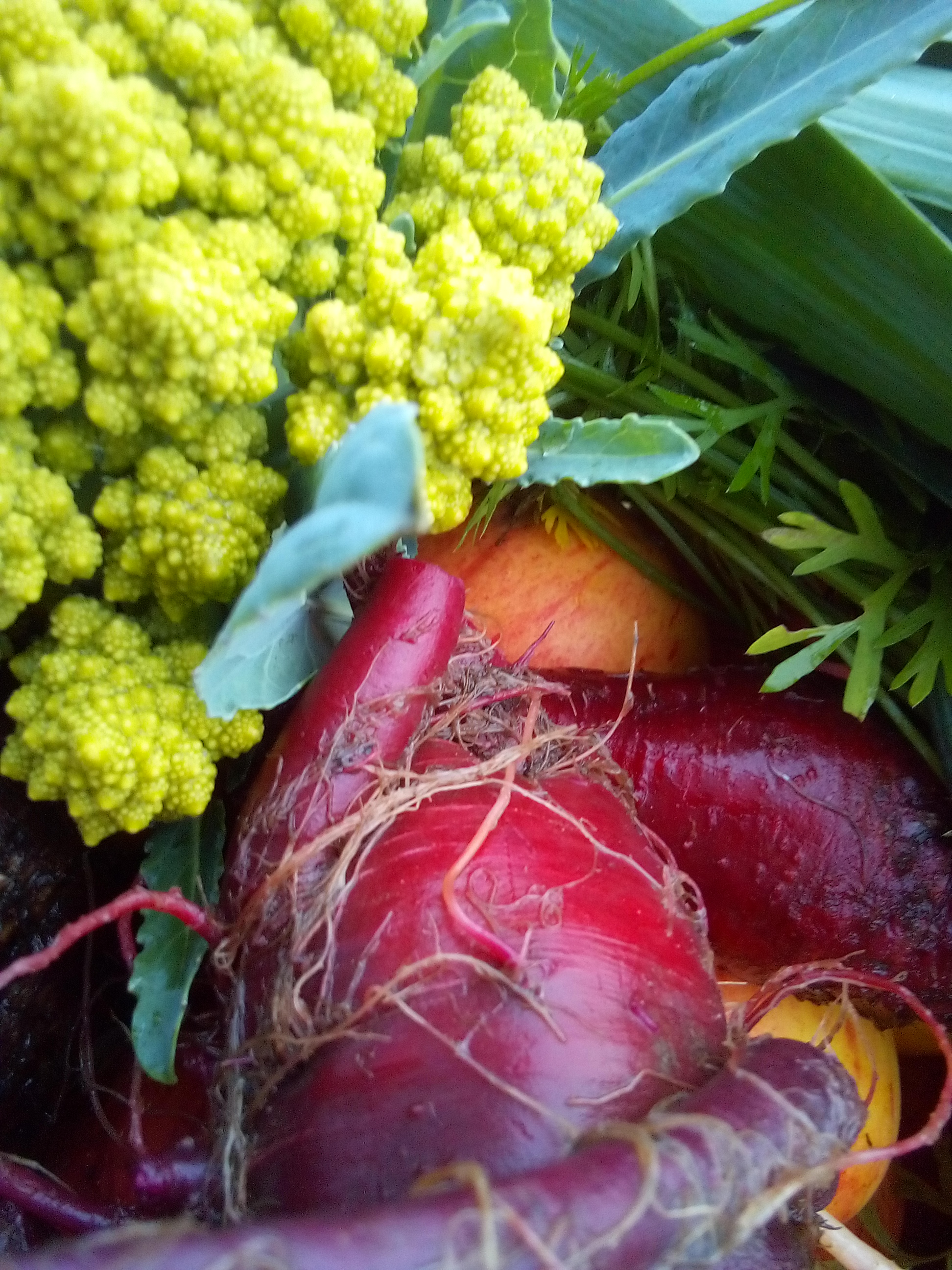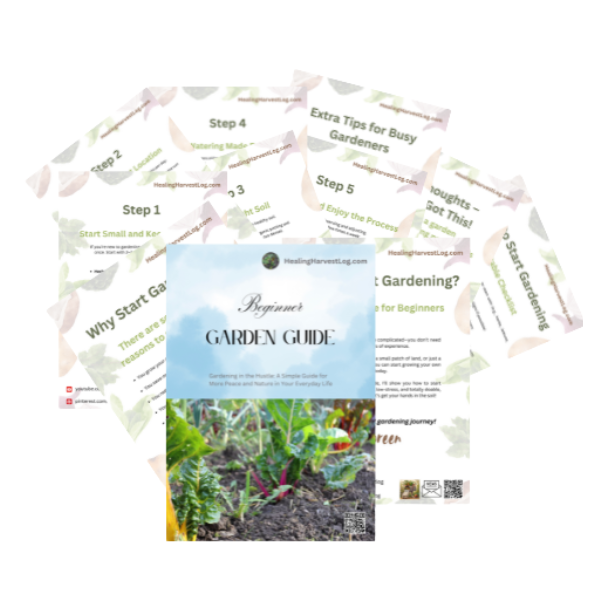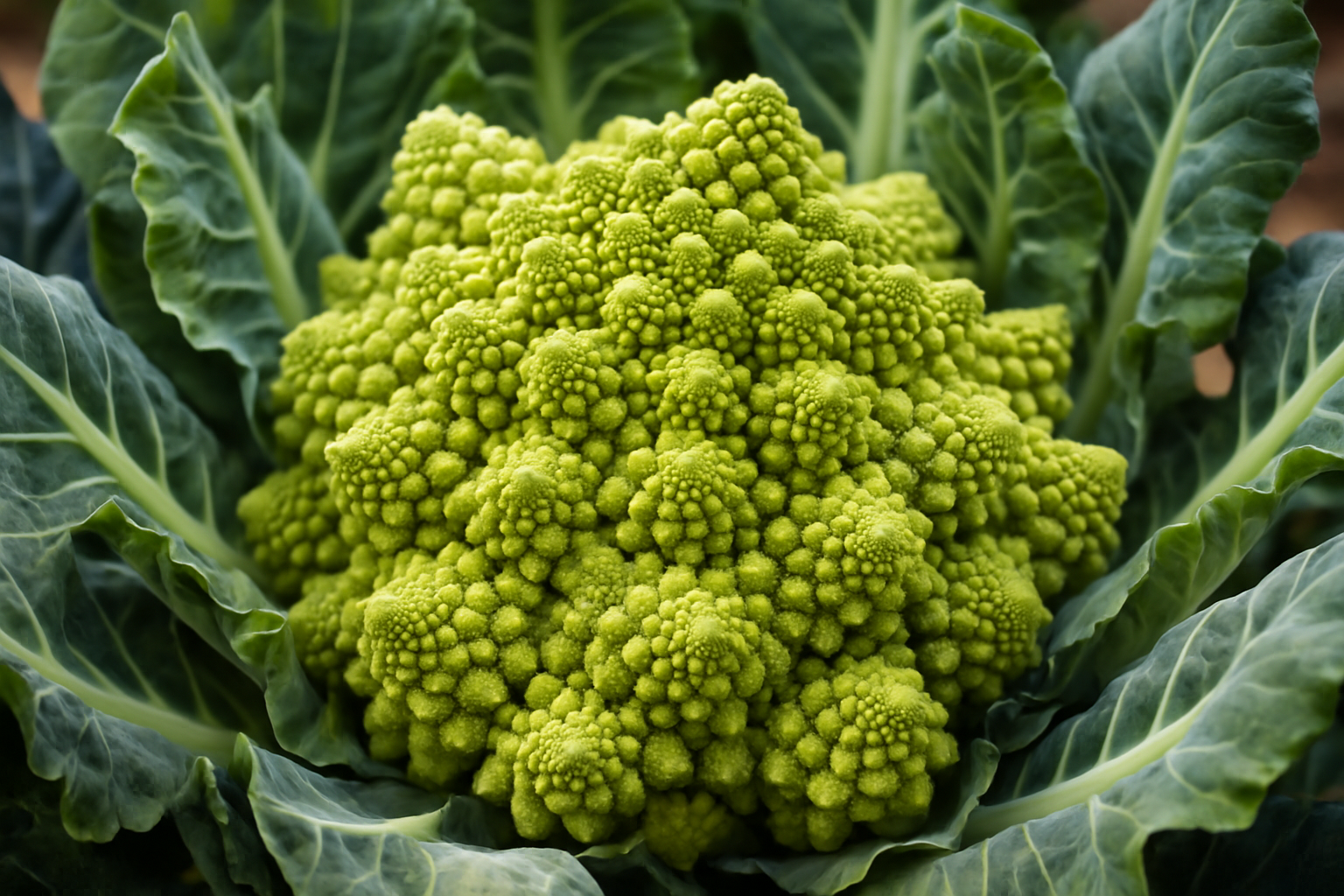I still remember the first spring I tried to grow Romanesco here in Germany. The light was thin, the mornings slow, and my seedlings leaned toward the soft northern sky as if they knew exactly how to grow Romanesco broccoli without me. Frida once told me, “Romanesco is a quiet listener. If you rush him, he retreats.” I didn’t fully understand it then, but now I see how true it is.
Romanesco looks more complicated than it is. People often search for why Romanesco won’t form a head or worry about mysterious Romanesco growing problems, but most of the time the plant simply needs cool, predictable weather and a gardener who pays attention. And if you’re wondering about the best time to plant Romanesco broccoli or whether growing it in raised beds makes a difference, then you’re already asking the right questions.
Romanesco is a cool-season vegetable with a rhythm of its own. It wants steady temperatures, quiet nights, and enough space to unfold.


What Makes Romanesco Different from Broccoli and Cauliflower
Romanesco is part of the brassica family, yet it grows with a patience that feels almost meditative. The spiraled, geometric head only forms when the plant experiences calm weather. Too much heat or stress, and it pauses. In the right conditions, though, it’s surprisingly easy, especially for beginners who enjoy slow, intentional gardening.



Best Time to Plant Romanesco Broccoli
Timing matters more for Romanesco than for almost any other cool-season brassica. The best time to plant Romanesco broccoli is early enough to keep it away from summer heat, but not so early that the seedlings freeze or stall.
Indoor Sowing Window
March to April. I often start mine indoors because the early spring light in Germany is gentle, letting the seedlings stretch without rushing.
Transplanting Season
May to July. Avoid planting during warm spells. Romanesco remembers every shock.
Growing Romanesco as a Fall Crop
Fall is my favorite season for this vegetable. When the nights cool down and the soil stays steady, Romanesco begins forming its intricate head. Frida always said he needed the cold to concentrate.


How to Grow Romanesco in Raised Beds
Learning how to grow Romanesco in raised beds can make the whole process easier. Raised beds warm slowly, drain well, and keep the soil consistently moist—three things Romanesco appreciates.
Soil Preparation
A loose, compost-rich soil gives the roots enough room to breathe.
Plant Spacing
Eighteen to twenty-four inches. Romanesco opens wide before it even thinks of forming its crown.
Light
Full sun with gentle warmth. Think September light—bright, not harsh.



Companion Plants for Healthy Romanesco Growth
Certain plants naturally support Romanesco. Dill draws good insects, lettuce occupies the early space, celery confuses pests, and onions or garlic create a protective scent barrier. Frida called these “neighbors who help you breathe.”



Why Romanesco Won’t Form a Head
One of the most common Romanesco growing problems is a plant that produces leaves but never forms a head. Gardeners search endlessly for why Romanesco won’t form a head, but the answer is usually simple: the plant experienced stress at the wrong moment.
Temperatures Are Too High
Heat interrupts head formation.
Planting Was Too Late
Warm weather shifts the plant into leaf growth.
Plants Are Too Close
Crowding causes stress.
Nutrients Are Low
Especially nitrogen and calcium.
Pests Are Active
Cabbage worms and flea beetles push the plant into survival mode. When Romanesco doesn’t feel safe, it pauses. It’s not a failure, just a mismatch between season and expectation.
How Long Romanesco Takes to Mature
Romanesco needs seventy-five to one hundred days to mature. When the head is firm, compact, and bright green, it’s ready. I prefer harvesting early in the morning. Frida always said the waning moon deepened the flavor, and whether or not that’s true, it makes the moment feel more intentional.
And if you’re tending a winter garden filled with slow, steady growers like Romanesco, you might also enjoy my full guide to Lacinato kale — another cold-season vegetable that sweetens in frost and rewards a bit of patience. It’s become one of my most reliable winter companions.
Final Thoughts
Romanesco is honest. If conditions aren’t right, it won’t pretend. But when you grow it in cool weather with enough space, steady moisture, and a bit of patience, it becomes one of the most rewarding vegetables in the garden. And if the first attempt doesn’t work, that’s just part of learning its rhythm. If you want a gentler place to begin, you can start with my Beginner Gardening Guide and find the quiet steps that make everything feel manageable. And if you’re shaping your fall or winter beds, the Winter Garden Guide will walk with you through the season so you can plan with clarity and confidence.

FAQs – How to Grow Romanesco Broccoli
Why won’t my Romanesco form a head?
Romanesco often fails to form a head when temperatures are too warm or planting happens too late. Overcrowding, nutrient deficiencies, and pests also contribute. Stable cool weather is essential for proper crown formation.
When is the best time to plant Romanesco broccoli?
The best time to plant Romanesco broccoli is before summer heat arrives. Many gardeners start seeds indoors in early spring and transplant outdoors once the weather stabilizes. Fall planting is often the most reliable.
What are the most common Romanesco growing problems?
Typical Romanesco growing problems include heat stress, leaf-only growth, calcium deficiency, crowded spacing, and damage from cabbage worms. These issues usually affect head formation.
Is it easier to grow Romanesco in raised beds?
Yes. Learning how to grow Romanesco in raised beds can dramatically improve results because raised beds offer better drainage, consistent moisture, and more controlled soil conditions.
How long does Romanesco broccoli take to grow?
Romanesco broccoli usually takes seventy-five to one hundred days to mature. Cooler temperatures promote steady growth and help the plant form its characteristic spiral head.

